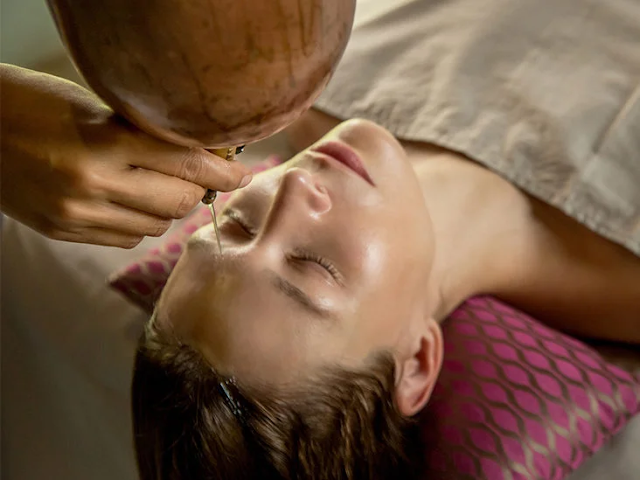Ayurvedic Home Remedies for Migraines

There may not be a medical ailment that is more common than migraines. After all, the majority of us fall into one of two categories: either we personally get migraines or we are aware of someone who does. A migraine can induce a wide range of painful sensations, making it far more incapacitating and keeping you from doing anything for days on end. Throbbing pain, nausea, vomiting, exhaustion, loss of balance, visual abnormalities, and hypersensitivity to light, sound, and smell are a few of these symptoms. The fact that contemporary medicine still has many unanswered questions about the causes, prevention, and treatment of migraines is what makes them so troubling. The primary goal of most conventional drugs is to treat pain, but they frequently have numerous negative effects in addition to being useless. Thankfully, Ayurvedic treatment of migraine provides us with a variety of easy-to-use but efficient home treatments for migraines, including various herbs, natural drugs, and other ...


